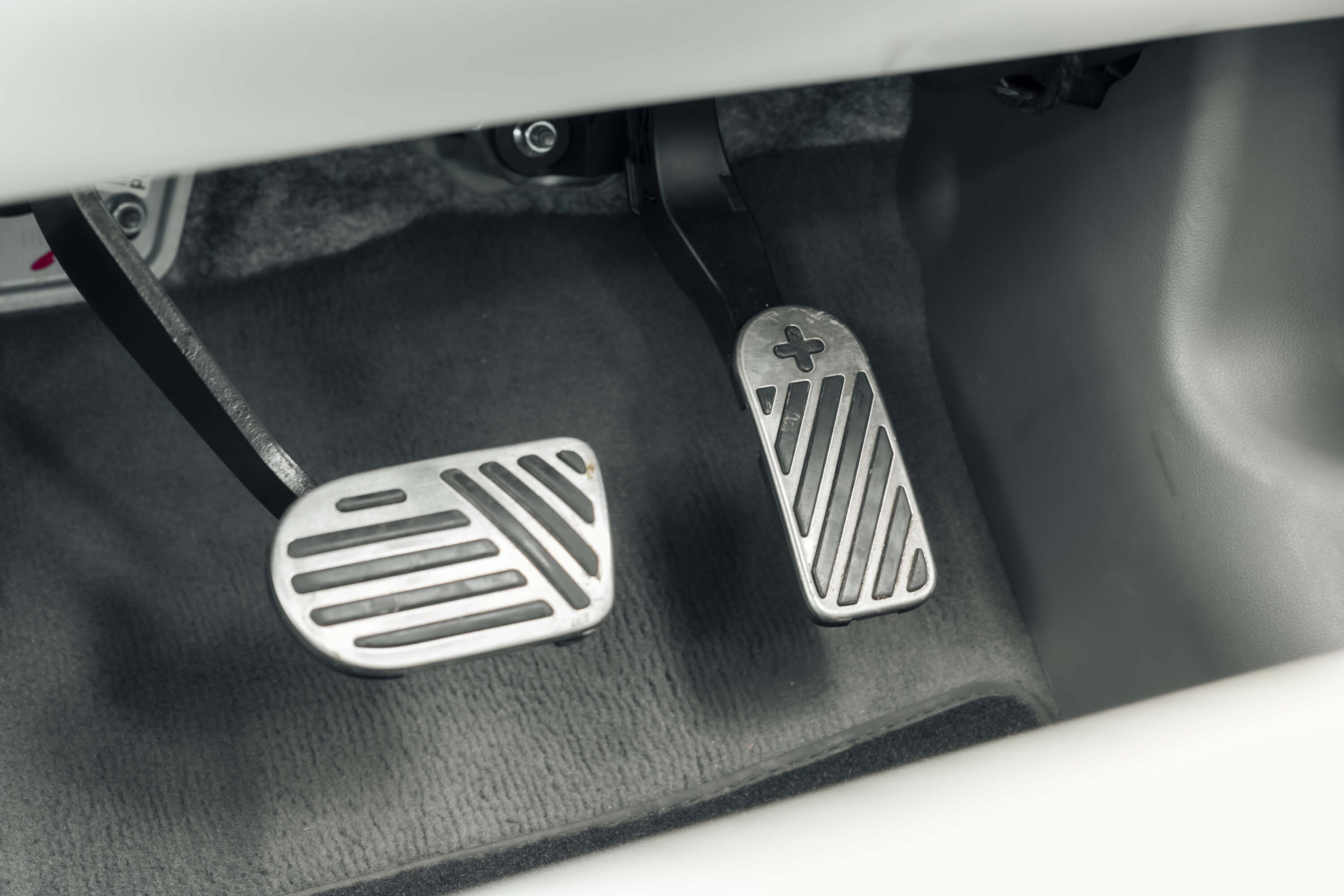
Research has revealed a potential safety hazard for Hyundai Motor Group’s electric vehicle regenerative braking system, as an investigation opens on reported Ioniq 5 power losses.
The important bit up front
This story refers to a matter involving models sold in North America.
A Hyundai Australia spokesperson told WhichCar this week that it is “currently checking with our parent company” to determine whether this North American market issue also affects vehicles sold in Australia, and will provide an update “once we have more information to share”.
Have you experienced these issues with your Ioniq 5? Let us know.
Snapshot
- Hyundai, Kia, Genesis EVs found to have regen safety issue
- Stronger regen modes donu2019t activate brake lights with gradual deceleration
- Regulator investigates reported Ioniq 5 power loss faults
American advocacy group Consumer Reports [↗] has found the carmaker’s full EV models failed to illuminate the rear brake lights when slowing down to a stop – even if the driver had some pressure on the accelerator pedal – via stronger Level 3 and ‘i-Pedal’ regen modes.
The brake lights only activated when the driver completely lifted off the accelerator, which would warn other road users – albeit at the maximum recuperation intensity.

However, Consumer Reports noted an Ioniq 6 electric sedan example was an outlier and had consistent brake-light illumination when using i-Pedal.
It tested 24 EVs from its own fleet, including the Hyundai Ioniq 5, Kia EV6, Niro EV, Genesis GV60 and Electrified GV70.
Consumer Reports Auto Test Center director, Jennifer Stockburger, said owners should avoid using the stronger regen modes.

“Until this issue is remedied, drivers of the affected EVs should stick with the Level 1 or Level 2 regenerative-braking modes and avoid using the stronger Level 3 and strongest i-Pedal modes,” Stockburger said.
Meanwhile, it also found Mercedes-Benz EVs don’t immediately keep the brake lights activated during the last point of deceleration and once at a complete stop when using its strong recuperation mode. It only activated after 15 seconds – long after the vehicle stopped.

Software update fix coming
In response to Consumer Reports’ findings, a Hyundai Motor America spokesperson confirmed that a software update will roll out to address this regen braking safety issue.
“After further investigation, Hyundai and Genesis will be launching a field service campaign to update the EV brake light logic for the Hyundai Ioniq 5, Genesis Electrified G80, Genesis Electrified GV70, and Genesis GV60. There will also be a change made to new production of those models,” the Hyundai America spokesperson said.

“Regardless of the accelerator pedal input, the brake lights will now turn on when the deceleration rate exceeds 1.3m/s2 (approx. 0.13G).
“The service campaign will launch in July for approximately 56,000 vehicles and will be performed free of charge.”
Meanwhile, a Kia America spokesperson told the organisation that it is ‘evaluating’ the i-Pedal brake light logic on the Niro EV and EV6 electric SUVs, but unknowingly not for the high performance EV6 GT flagship.

Ioniq 5 power loss under investigation
Additionally, the US National Highway Traffic Safety Administration (NHTSA) has opened an investigation to a reported spontaneous loss of power fault on 2022 Hyundai Ioniq 5 electric SUVs.
The safety authority’s Office of Defects Investigation [PDF ↗] has received 30 complaints, with many reporting a “loud pop noise followed by a warning displayed in their dashboard and immediately experience a loss of motive power that ranges from a reduction to a complete loss.”

It also said it has conducted several interviews with owners – each experiencing varying time intervals between the warning message and loss of power.
Hyundai told the regulator the failure is related to the Integrated Control Charging Unit (ICCU), where over-current can damage transistors in the DC-to-DC converter resulting in the inability to charge the 12-volt electronics battery.
If the issue is found to be widespread, it could impact nearly 40,000 owners in North America.
It is not yet known if the mechanically related Kia EV6 has been affected by these issues.
More EV stories to help you choose the best car for your needs
- ? EV news, reviews, advice & guides
- ❓ Short & sweet: Your EV questions answered
- ⚡ New EVs: Everything coming to Australia
- ? Australia’s EVs with the longest driving range
- ⚖️ Best-value EVs by driving range
- ? How much do EVs cost in Australia?
- ? How much more expensive are EVs?
- ⚖️ Number crunching: Is it time to switch to an EV?
- ♻ Should you buy a used EV?
- ?️ Are EVs more expensive to insure?
- ? Costs compared: Charging an EV vs fueling a car
- ? EV charging guide
- ?? EV servicing explained
- ? EV battery types explained
- ? When do EV batteries need replacing?
- ? Hydrogen v EVs: What’s best for Oz?
- ? How sustainable are EVs, really?
MORE advice stories to help you with buying and owning a car
We recommend
-
 Advice
AdviceRegenerative braking explained
Here’s how regenerative braking saves fuel and battery power, and why hot brakes are nuclear powered
-
 Comparisons
ComparisonsBest Electric Cars, $65k-80k: Australia's premium EVs tested
In part two of our three price-based EV buying guides, we compare Australia's electric cars priced between $65,000 and $80,000
-
 News
NewsNew Electric Cars for Australia: Every EV for 2025 & beyond ⚡
The EV revolution is gaining strength in Australia, which means greater diversity and choice for buyers




